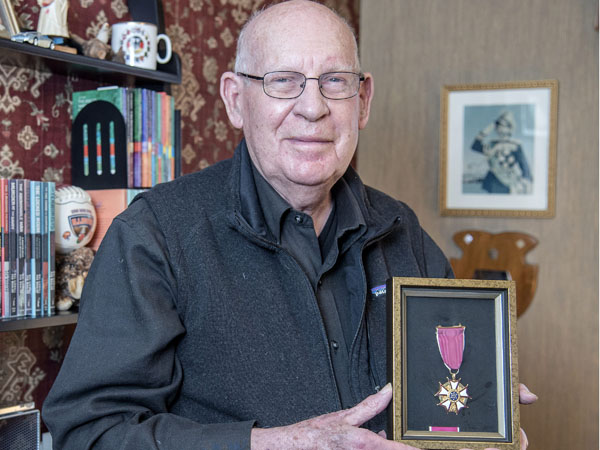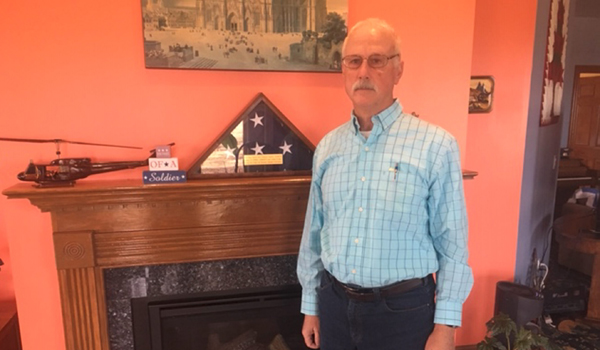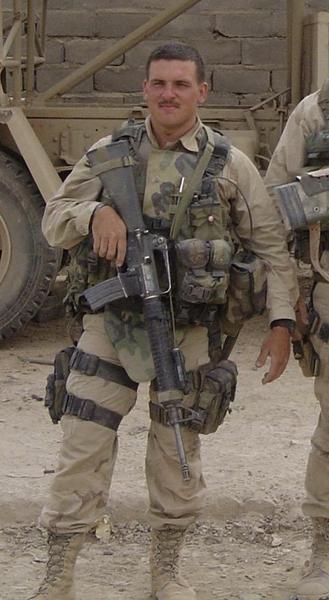By PAUL WOOD
pwood@news-gazette.com
CHAMPAIGN — Lt. Col. Richard Helfrich served as an Army surgeon for 12 years, saved lives and got shot at.
Upon his return, he pioneered in laparoscopic surgery in central Illinois.
The Indiana native, now 87, graduated from DePauw University, then Indiana University Medical School, and immediately joined the Army, rather than face the uncertainties of the draft.
From 1957-63, he served his internship at Valley Forge General Hospital and then his surgical residency at Tripler General Hospital in Honolulu.
At Tripler, one patient was Syngman Rhee, the first president of Korea. Rhee was beyond having a conversation with at this point, Helfrich said.
From 1963-65, Helfrich was chief of general surgery at Ireland Army Hospital in Ft. Belvoir, Va.
Helfrich spent a brief, dangerous time in the Dominican Republic when President Lyndon Johnson sent the 82nd Airborne to put down an insurrection.
“One Friday at 11 a.m., I was alerted for this and treated my first patient at 11 p.m. in an adobe hut by the airfield,” he said.
He was nearly shot by a Dominican sniper. The sniper shot from the top of a three-story building; the bullet hit the floor.
“It probably came within two feet of my head,” Helfrich said. “I must have been the target.”
During this time, Helfrich was able to watch Army snipers in action in escalating warfare.
From 1965-68, he was the commander of the only U.S. hospital in Africa.
This was Kagnew Station, an Army installation in Asmara, Eritrea, on the Horn of Africa. The Army Security Agency post was one of eight “listening posts” around the world.
Helfrich said he was amazed at the satellite technology that no civilians knew about.
The technology used at the base was state-of-the-art.
At Kagnew, he “watched the May Day parade from Moscow in 1967,” Helfrich said.
His hospital was caring for about 5,000 people in various units, including the Peace Corps. Kagnew Station had units of all armed forces security there, along with non-military security units, including the CIA.
During this time, Helfrich said, he had a security clearance above top secret in order to be able to support these units.
“We were supportive of the Ethiopian Royal Family as well as embassy and consular personnel of countries in East Africa. I was able to visit Kenya, Uganda, Sudan, Somalia, Lebanon and Egypt, as well as Yemen,” he said.
And his patients?
“Haile Selassie signed a picture for me. There were some unique episodes, such as being on a street in Aden when a man ran by me to throw a grenade onto a passing bus,” he recalled.
He was able to avoid any injury from the grenade.
Strangest dinner in the Horn of Africa?
“I was guest of honor one night in Khartoum, when I ate a goat’s eye; as guest of honor, this was expected.”
He was in Cairo the week before the Arab-Israeli war began in 1967.
The commanding general of the Army Security Agency awarded him the Legion of Merit. At that time, it was the highest decoration the Department of Defense could award for meritorious service, he said.
From 1968-69, he was chief of general surgery at Letterman General Hospital in San Francisco, sometimes dealing with men injured in Vietnam. After that posting, he resigned his commission in 1969.
“The only instruction I was given at discharge was that I was prohibited from traveling behind the Iron Curtain for 10 years,” he said.
A doctor with whom he did his internship recruited him to Carle.
In his lengthy career, Helfrich pioneered several minimally invasive procedures that have improved the lives of many in central Illinois.
There’s even a hernia repair method named for him.
He retired in 1996.
Helfrich has been married, since the beginning of his service, to Gloria. They have three grown children.
Do you know a veteran who could share a story about military service? Contact Paul Wood at pwood@news-gazette.com.



